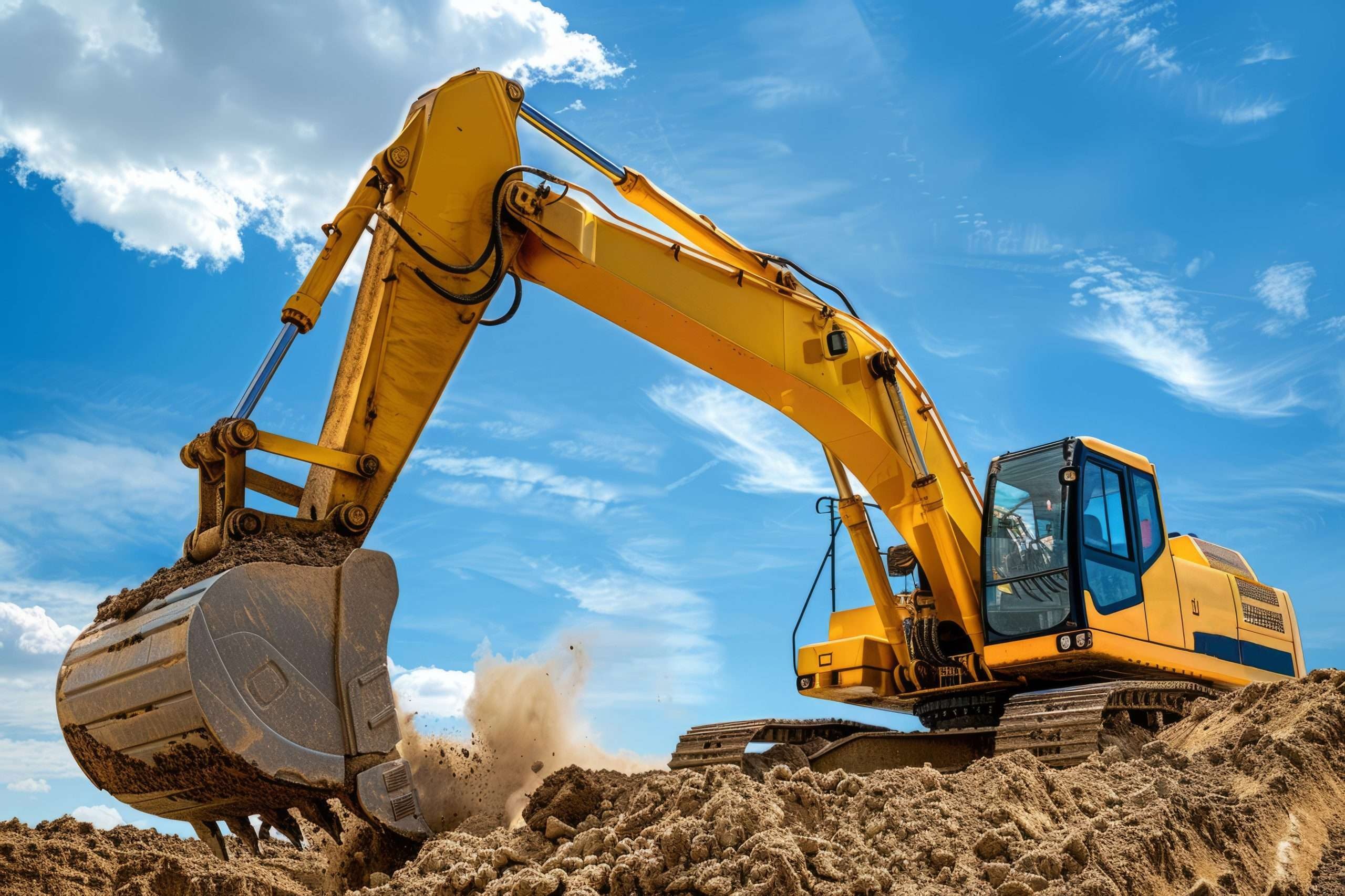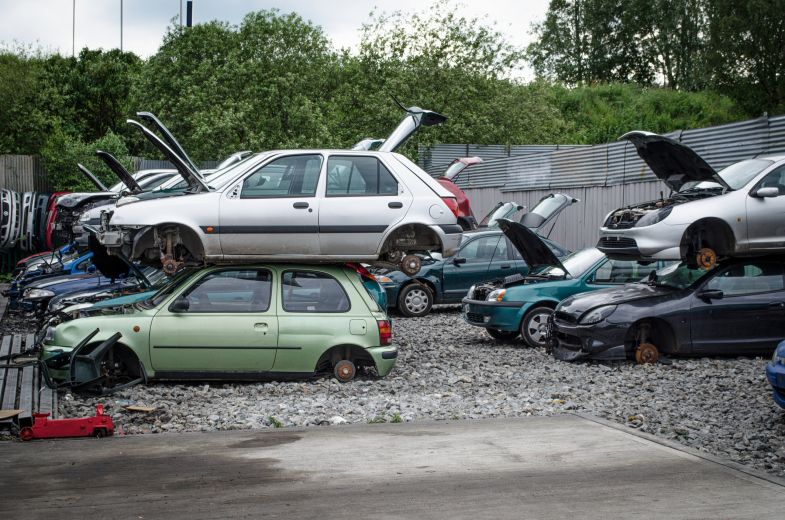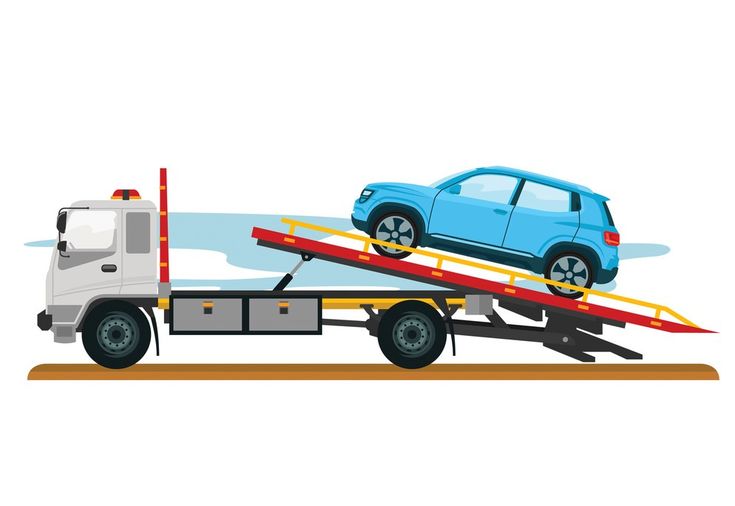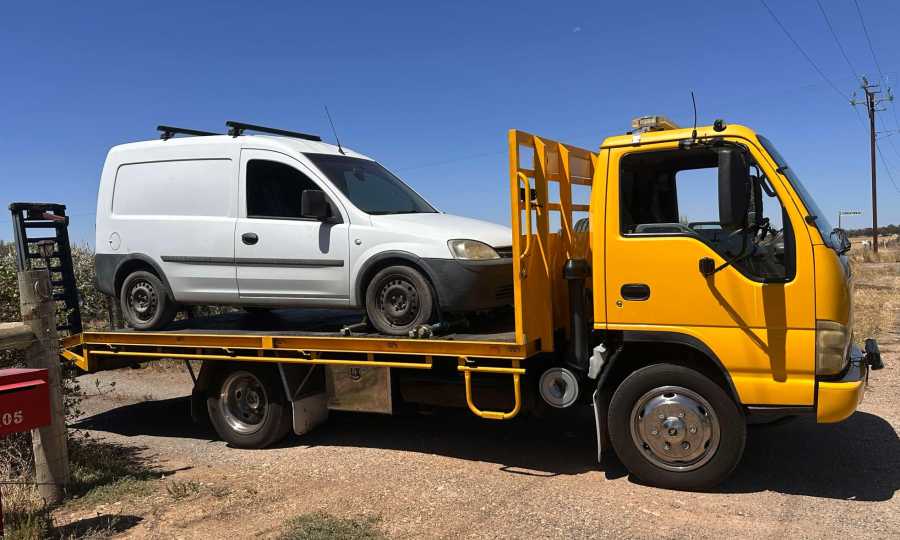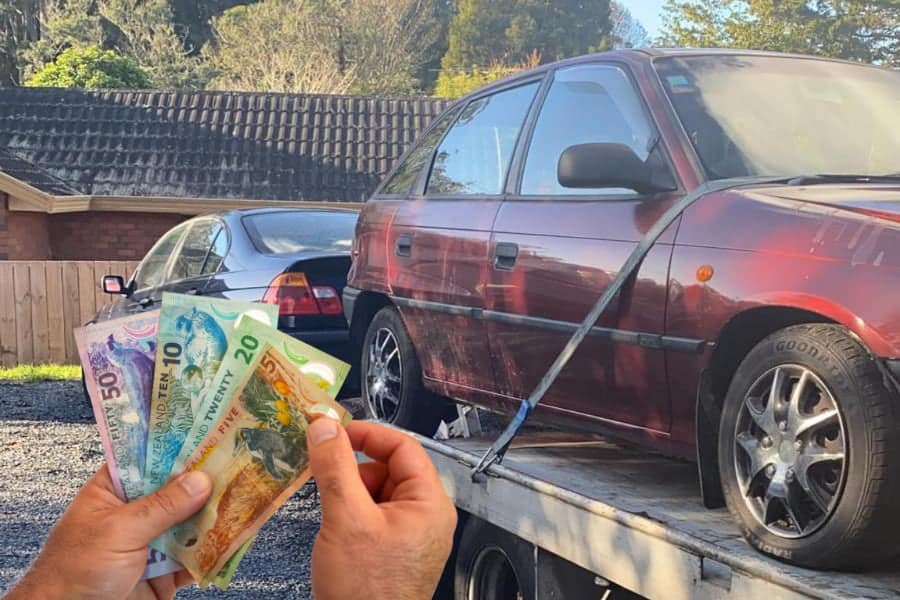When you only pay attention to the cost and ignore what the machine can do, you may not get the right machine for your needs. It’s important that the excavator you use is suited to the tasks you handle every single day, be it digging, clearing or lifting. Before you buy, make sure the machine can handle the tasks you need to do in your work area.
Know What You’re Really Using It For
You should decide on your main plan for the space before you start looking at listings. Are the works you are doing focused on excavation or grading the surface? Will you usually drive in close-quartered urban areas or across rough, open fields? Excavator applications vary, so sometimes you need extra reach and hydraulics and other times it’s important to have a smaller and more maneuverable machine. When you don’t know what you want, it’s simple to end up with something that doesn’t fit well. Before buying, consider the ground, what is being built or dug, how you will reach the site and the attachments you require most often.
Match Specs to Your Workload
After deciding on your main job types, check the features that are most important for that work. Digging requires a tool that is both deep and long. When dealing with demolition or forestry, how much hydraulic flow and boom strength the machine has is more important. The weight of the machine can make a difference, even though smaller machines are portable, they might not handle tough jobs as well. Instead of simply comparing, study the particular factors that influence your fieldwork’s productivity. On-site results are more important than how a machine is presented on paper.
Size Categories Aren’t One-Size-Fits-All
There are mainly three types of used excavators: compact, mid-size, and large. Still, there’s a big gap in how used track excavators perform within those categories. A mid-size excavator of one brand can lift more than a larger machine from another. It’s necessary to look at model families side by side, taking the context into account. Check out their design and figure out what they are meant to achieve. A small machine may work for most city work, but a mid-size with excellent hydraulics could perform better than a large machine with old equipment. Your needs are best met when the machine is aligned with your tasks, not only by its size.
Attachments Can Be Deal-Makers or Deal-Breakers
Being able to replace attachments easily and securely can improve how productive your job becomes. Check that the excavator you consider fits with your attachments, including grapples, breakers or augers. Therefore, it is necessary to check the hydraulic flow, coupled systems and control compatibility. There is a chance that old models won’t be compatible with the latest tech or won’t have the power to run standard software. Always keep in mind that you need a machine that can handle many jobs, not just the main one it was created for.
Watch Operating Costs, Not Just Purchase Price
Initially, a less expensive machine may be more expensive when you consider its lifespan. How much fuel is used makes a major difference. Vehicles with better engines, idle control, or economy settings often help you spend less fuel when driving a lot. In the world of used construction equipment, a lack of parts for certain models means they could easily lose productivity and incur additional costs for service. Make sure to look at both the current state and the reputation for how easy it is to maintain and fix the model long term. Pick units that are durable and also easy on your pocket each day.
Don’t Ignore the Operator’s Experience
An excavator isn’t only a piece of equipment but it’s also the site where people work. Being comfortable makes a big difference in productivity, especially when work goes on for several hours. An easy-to-see dashboard, easy-to-use switches and a comfortable seat can keep you awake and focused. If you often use your car on dangerous streets, features that increase safety, like reinforced cabs and cameras in the rear, are just as important. Reviewing used models is easier if you can climb into the cab and experience how things are arranged. Well-cared-for older machines may still be comfortable to use.
A Used Machine Still Needs to Fit Today’s Jobsite
How we build is now different from before. Today, construction sites are expected to work faster, coordinate more through technology and use smart machines. Certain older websites may not match the requirements of today’s web standards. For those using digital plans, GPS systems or machine control software, check that the excavator can be used or adjusted without major cost. Just because a machine is old doesn’t mean it’s not useful; what’s important is that it can handle today’s demands.
Overview
What really counts is choosing a machine that benefits your company, not just one that matches your budget. A slightly costlier excavator that fits your jobs, holds your attachments and remains reliable for years can be worth it because you won’t have to stop for repairs. Pay more attention to how well a computer meets your needs than on its selling price. Think of it like buying the best tool for your company, instead of just getting a good discount. If your used excavator fits your work environment well, you’ll see greater results for every hour it works.


